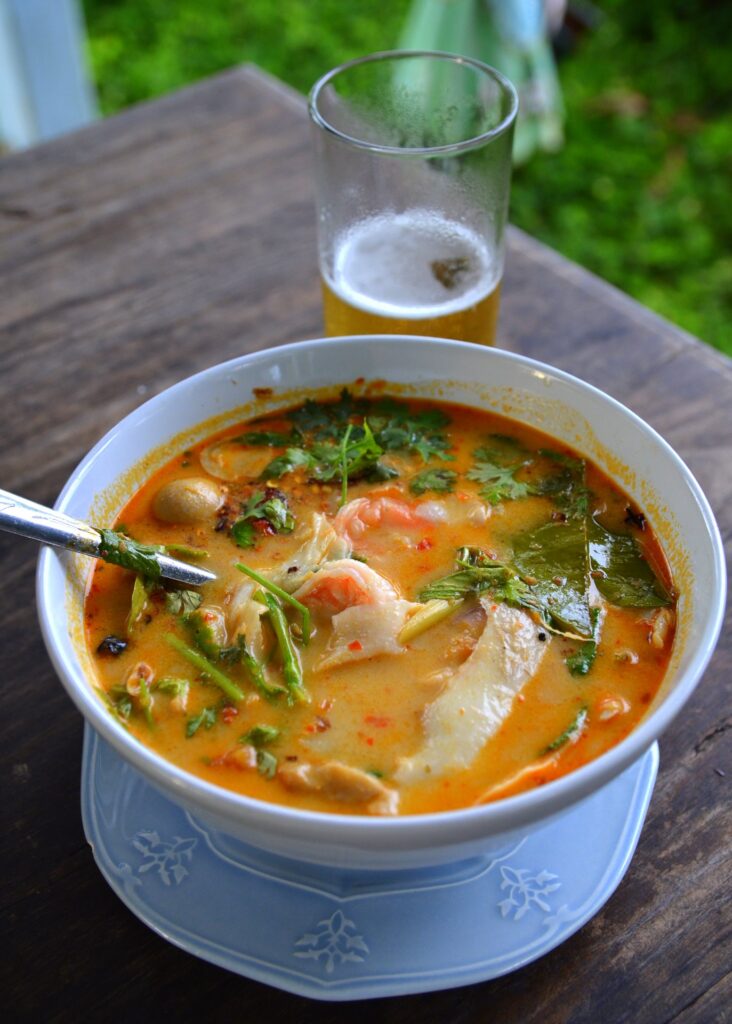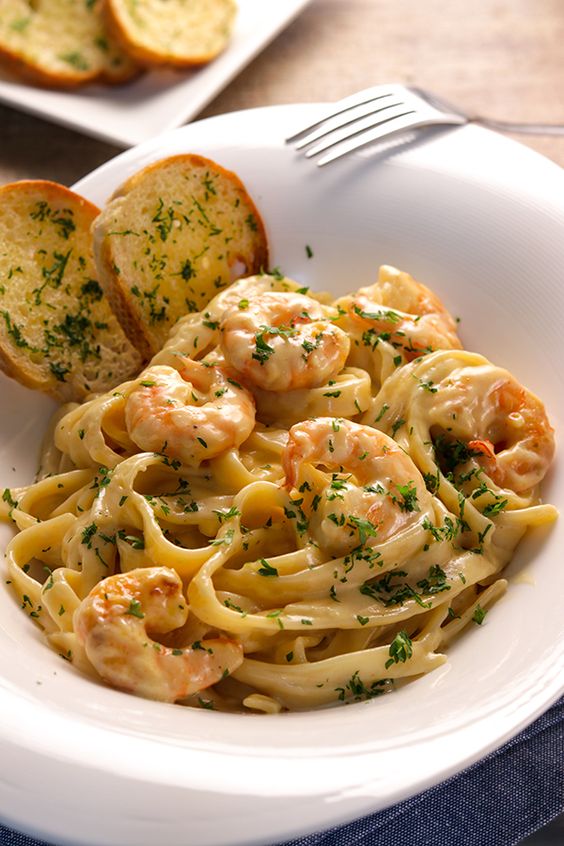In a world filled with diverse cultures and cuisines, culinary tourism has emerged as a thriving trend.
It’s like a tasty adventure for people who love food.
Whether you’re checking out busy markets in Asia or fancy restaurants in Europe, there are lots of cities for food lovers.
So, why did this trend become a thing, and what benefits does it offer? Let’s break it down.
Culinary Tourism evolved because people started to appreciate and enjoy the diverse cultures and cuisines found worldwide.
It’s not just about eating; it’s about experiencing the unique flavors, traditions, and stories behind each dish.
Benefits of Culinary Tourism:
The benefits are pretty awesome too! For starters, it allows food enthusiasts to broaden their taste buds by trying new and exciting flavors.
It’s a fantastic way to learn about different cultures through their food, creating a deeper connection to the places you visit. Plus, it supports local economies and encourages a sense of global appreciation.
So, the next time you embark on a culinary adventure, remember that you’re not just eating; you’re exploring, learning, and contributing to a worldwide celebration of food.
Come along with us as we show you some of the best places to eat, where you can enjoy amazing flavors and have unforgettable food experiences.
1. Bangkok, Thailand:
Street Food Paradise

Known as the street food capital of the world, Bangkok is a haven for foodies seeking an explosion of flavors in every bite.
From the iconic Pad Thai to the aromatic Tom Yum soup, the city’s vibrant street markets offer an authentic taste of Thai cuisine.
Venture into the bustling lanes of Chinatown or explore the floating markets for an immersive culinary adventure.
Indulge in the tantalizing blend of sweet, sour, salty, and spicy flavors that define Bangkok’s street food scene.
2. Paris, France:
A Culinary Romance
Paris, the city of love, also captivates the hearts of food connoisseurs with its exquisite gastronomic offerings.
Home to renowned Michelin-starred restaurants and charming bistros, Paris offers a refined culinary experience.
Indulge in the finest French pastries, savor the delicate flavors of escargot, and relish the artistry of a perfectly crafted croissant.
Each meal in Paris is a celebration of culinary art, combining tradition with innovation in every dish.
3. Tokyo, Japan:
A Symphony of Sushi and Ramen

Tokyo, a city where tradition meets modernity, is a paradise for lovers of Japanese cuisine. From the artistry of sushi to the comforting warmth of ramen, Tokyo’s culinary landscape is a sensory journey.
Explore the bustling Tsukiji Fish Market for the freshest sushi or immerse yourself in the hidden gems of local izakayas.
Tokyo’s food culture is a harmonious blend of precision, creativity, and reverence for seasonal ingredients.
4. Marrakech, Morocco:
Spice-infused Culinary Magic

Marrakech, with its vibrant souks and aromatic spices, beckons food enthusiasts to delve into the world of Moroccan cuisine.
The bustling Jemaa el-Fna square comes alive with the sizzle of grills and the aroma of tagines. Taste the perfect fusion of sweet and savory in dishes like couscous and slow-cooked lamb.
Marrakech’s culinary scene is a sensory delight, offering a tapestry of flavors that reflects the rich history and cultural diversity of Morocco.
5. New York City, USA:
The Melting Pot of Culinary Diversity

New York City, often hailed as the ultimate melting pot showcases a culinary landscape as diverse as its population.
From iconic street food carts to upscale fine dining establishments, NYC offers a gastronomic journey across the globe.
Indulge in classic New York-style pizza, savor the authenticity of Chinatown’s dim sum, or embark on a culinary adventure in the vibrant neighborhoods of Harlem and Little Italy.
The city’s dynamic food scene is a testament to its multicultural essence.
6. Barcelona, Spain:
Tapas and Flamenco Nights
Barcelona, with its unique blend of Catalonian tradition and avant-garde culinary techniques, is a food lover’s paradise.
Dive into the world of tapas, where each bite tells a story of Spanish flavors and passion. From the vibrant La Boqueria market to the Michelin-starred restaurants along Passeig de Gràcia, Barcelona invites you to savor the essence of its rich culinary heritage.
Pair your meal with a flamenco performance for a complete sensory experience.
7. Mumbai, India:
Street Food Extravaganza
Mumbai, the bustling metropolis of India, is a street food haven that tantalizes the taste buds with an explosion of flavors.
From the iconic vada pav to the spicy pav bhaji, the city’s street vendors offer a culinary journey that reflects the diversity of Indian cuisine.
Explore the chaotic yet charming street markets of Colaba or venture into the hidden lanes of Mohammad Ali Road for a gastronomic adventure that captures the essence of Mumbai’s culinary soul.
8. Melbourne, Australia:
Culinary Creativity Down Under

Melbourne, known for its vibrant arts scene, also boasts a culinary landscape that celebrates innovation and creativity.
The city’s laneways are dotted with hidden gems, from quirky cafes to avant-garde dining establishments.
Indulge in the trendy brunch culture, explore the multicultural influences in the Queen Victoria Market, and experience the cutting-edge fusion dishes that define Melbourne’s gastronomic identity.
The city’s culinary scene is a testament to its diverse and cosmopolitan spirit.
9. Seoul, South Korea:
Kimchi and Beyond

Seoul, the dynamic capital of South Korea, beckons food enthusiasts with its vibrant street food culture and traditional Korean dishes.
Dive into the world of kimchi, bulgogi, and bibimbap as you explore the bustling markets of Myeongdong and Dongdaemun.
From sizzling Korean BBQ to comforting bowls of hotteok (sweet pancakes), Seoul’s culinary scene is a delightful fusion of bold flavors and innovative twists.
10. Rome, Italy:
Pasta, Pizza, and La Dolce Vita

Rome, the eternal city, is a paradise for lovers of Italian cuisine. Indulge in the simplicity of a perfectly cooked pasta dish or savor the crispy goodness of authentic Roman pizza.
From the historic Trastevere district to the iconic Piazza Navona, Rome’s charming streets are adorned with trattorias and osterias offering a taste of la dolce vita.
Immerse yourself in the culinary delights that have made Italian food a global sensation.
11. Istanbul, Turkey:
Culinary Tapestry of East and West

Istanbul, where Europe meets Asia, offers a culinary journey that reflects the city’s rich history and cultural diversity.
Delight your senses with Turkish delights, kebabs, and aromatic spices in the bustling Grand Bazaar.
Explore the vibrant street food stalls along the Bosphorus and indulge in the decadence of baklava and Turkish coffee.
Istanbul’s culinary tapestry is a perfect blend of East and West, creating a unique and unforgettable dining experience.
What is the role of cuisine in tourism?
Cuisine plays a crucial role in tourism by offering travelers a unique cultural experience through food, reflecting the traditions, history, and identity of a destination.
What is culinary tourism and an example?
Culinary tourism involves traveling to explore and experience different cuisines and food cultures. For example, visiting Italy to indulge in authentic pizza and pasta.
What is the difference between culinary and cooking?
Culinary refers to the broader aspect of food, including its cultural, social, and historical context, while cooking focuses solely on the act of preparing food.
what is the difference between food tourism and culinary tourism?
Food tourism encompasses all aspects of food-related travel experiences, including dining at restaurants, visiting food markets, and participating in cooking classes. Culinary tourism, on the other hand, specifically emphasizes the exploration and appreciation of local cuisines and culinary traditions.
How do you promote culinary tourism?
Culinary tourism can be promoted through various channels, such as food festivals, culinary tours, cooking classes, food-focused travel blogs, social media campaigns showcasing local cuisine, collaborations with local chefs, and partnerships with tourism boards and hospitality industry stakeholders.



Leave a Comment